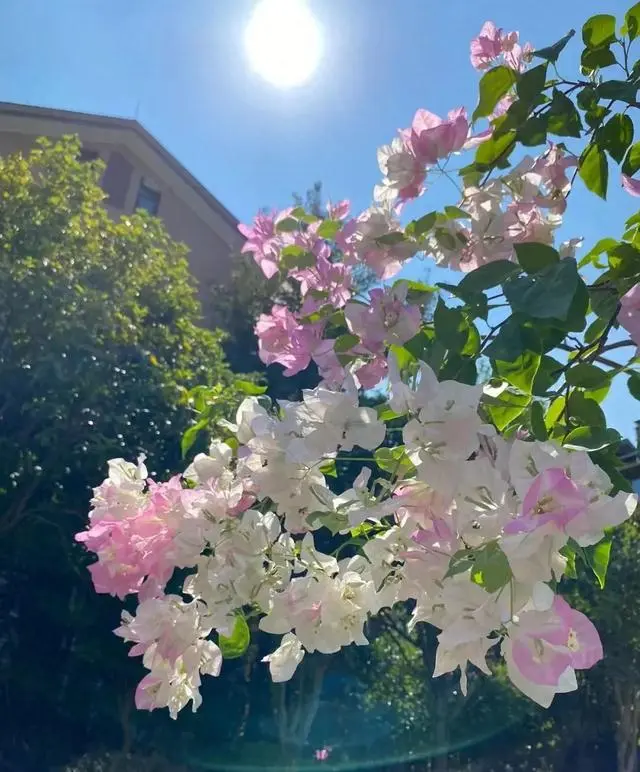When a novice embarks on the road of flower cultivation, he often has no idea where to start. In fact, as long as you don’t take care of particularly delicate flowers, ordinary flowers and plants are relatively easy to take care of. Just pay attention to the basic needs such as light, temperature, water, soil and fertilizer. Today’s article will talk about 8 basic tips for growing flowers and green plants to help you get started quickly.
01 Soil
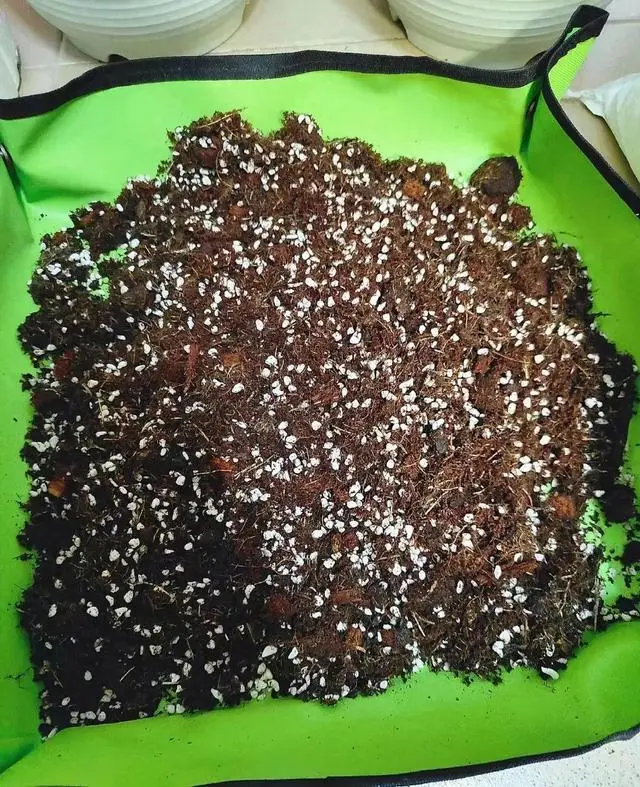
Growing flowers starts with root cultivation. Soil is the first step in growing plants and a very critical step. Different plants have different soil preferences, but they all need to be loose, breathable and well-drained.
Commonly used soil materials in gardening include peat soil and peat soil. Auxiliary materials for increasing air permeability and water permeability include perlite, coconut bran, vermiculite, etc.
Novices can use the universal soil that has been prepared on the market, and then gradually try to prepare the soil by themselves after getting familiar with it.
The ratio suitable for most plants is peat soil: perlite: coconut bran = 3:1:1 (coconut bran needs to be desalted). There is no standard for the proportion of soil, as long as the conditions such as looseness and breathability meet the needs of plant growth.
When preparing the soil, mix in some slow-release fertilizer or decomposed organic fertilizer for the nutrients needed for the plant’s future growth.
02 Watering
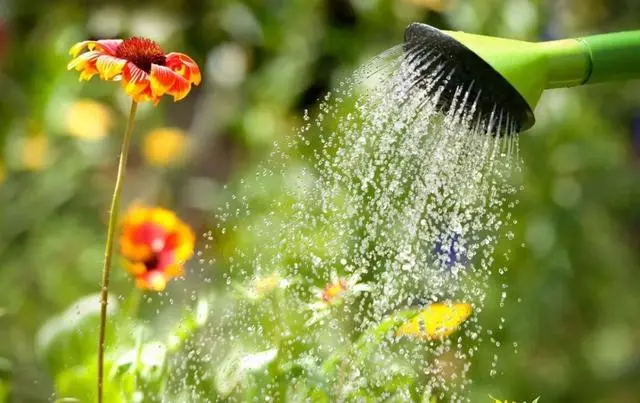
There are several major principles for watering plants:
① Water thoroughly when dry
② Water when dry
③ Alternate between dry and wet, that is, alternate between dry and wet
④ Rather dry than wet
⑤ Rather wet than dry
Many novices will be very confused about watering. Which principle should different plants follow? How often should they be watered? In fact, first of all, we must know that everything can be summarized into rules. Although each plant has its own personality, there are always plants with the same maintenance techniques.
We can divide plants into several categories to think about. For example, rainforest plants like to be moist, so we certainly can’t let them dry. Most of them are “dry and wet, dry and wet alternately”; desert plants like to be dry, so we can’t let them be waterlogged either. Most of them are “dry and wet, dry and wet alternately”; flowering plants, especially during the flowering period, need to be watered more to bloom better; aquatic plants would rather be wet than dry, which is called “rather wet than dry”.
Lightning protection: Some merchants will reply that watering once every few days is enough, but this statement is not very practical, because different indoor environments, soil ratios, seasons, etc. will affect the frequency of watering. According to the watering principles of each plant itself, we can prepare a bamboo stick, insert it into the soil to check where the water has dried, and then take measures. The moisture situation can also be reflected by the leaves, such as if the leaves are too dry, they will wilt. In addition, when the temperature is low in autumn and winter, the frequency of watering needs to be reduced to avoid frostbite the plants.
03 Light
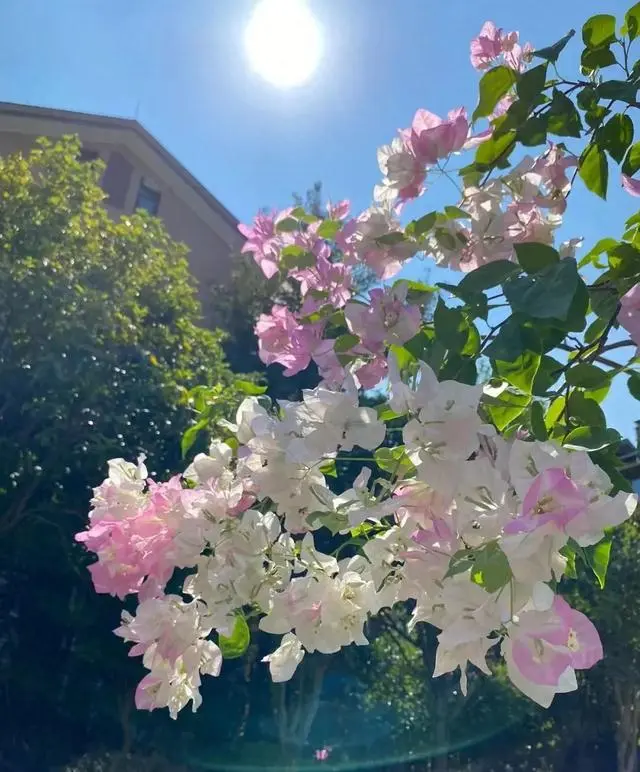
Plants all need light, it’s just a matter of more or less, except for special plants such as underground orchids. According to the plant’s demand for light, we can divide them into: positive plants, negative plants, and neutral plants.
Positive plants: When planted indoors, they need to be placed in balconies and other places to provide sufficient light. Most flower-viewing, fruit-viewing, aquatic, and sand-growing plants are positive plants. Such as roses, plum blossoms, pomegranates, chrysanthemums, lotus, succulents, desert roses, etc.
Negative plants: Such flowers cannot accept direct sunlight, and sufficient scattered light is sufficient. Most foliage plants and plants native to the shady slopes of rainforest mountains are negative plants. Such as hosta, green radish, arrowroot, calla lily, begonia, fern, monstera, rubber tree, asparagus fern, etc.
Neutral plants: between positive and negative, like sufficient light but have a certain tolerance to shade, and are more easy-going. Most flowers belong to this category, such as daylilies, camellias, and azaleas.
Note: Shading is required in high temperatures in summer, and plants are easily sunburned by exposure. If the light is not enough, you can also use plant-specific supplementary lights.
04 Ventilation
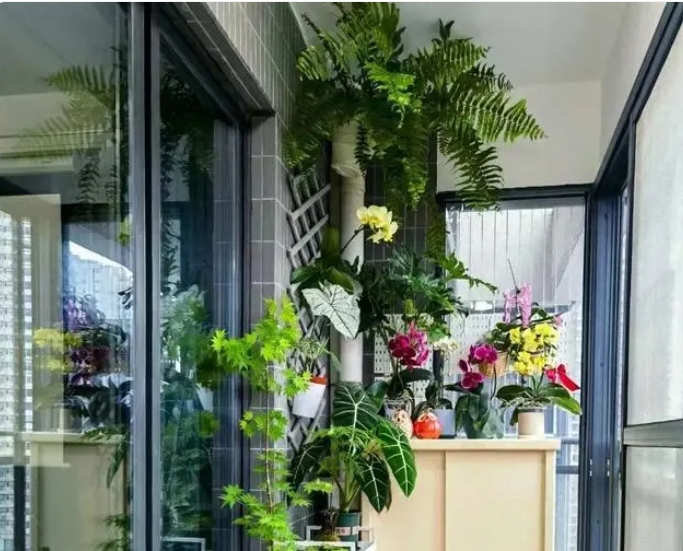
All plants need ventilation. Many novices will not pay attention to this, but it is actually very important.
Poor ventilation conditions and poor air circulation can easily cause various hazards.
Example 1: Like plants that have just been watered, the oxygen content in the soil is low. In this case, the root system grows slowly. If the soil cannot be dried for a long time without ventilation, it will affect the growth of the root system, and it is also easy to cause suffocation of the roots or even the death of the entire plant.
Example 2: Poor air circulation can easily cause various diseases and pests, especially in a hot and dry environment, coupled with poor ventilation, it is simply a breeding paradise for diseases and pests.
Matters needing attention
① Choose a breathable flower pot. There are many types of flower pots on the market, such as ceramic pots, magnesium clay pots, cement pots, Qingshan pots, etc. You can use unglazed ceramic pots, Qingshan pots and other pots with more air holes; there must be water holes at the bottom of the flower pot; if there is water overflowing from the bottom tray after watering, it needs to be poured out in time. If conditions permit, the flower pot can be suspended, so that air can flow in more easily and the roots are not easily suffocated.
② If indoor ventilation conditions do not allow, you can use a fan to enhance ventilation.
③ Clean up the leaves that fall on the surface of the pot soil in time to prevent the soil from breathing poorly.
05 Temperature
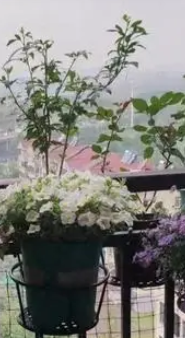
The suitable temperature for most green plants is around 15-25℃. Too high or too low temperatures are not good for plant growth. What novices need to pay special attention to is the high temperature in summer and the low temperature in winter.
Summer: High temperature weather must be cooled down, and most green plants will not be able to bear it if it is above 30℃.
At this time, you need:
①Proper shading. When the morning sun and temperature are suitable, you can see the sun so that photosynthesis can promote growth, but when the temperature approaches 30℃, you need to shade it.
②Enhance ventilation (if the natural wind is not enough, you can use a fan) to increase air circulation. On the one hand, it has a cooling effect, and on the other hand, it is also because high temperature and dry weather are extremely easy to cause pests and diseases.
③Spray water mist in the air to increase air humidity and reduce air temperature.
Winter: Low temperature weather needs to be heated up. Most green plants will suffer various hazards or even die when the temperature is below 5℃. When many novices are caring for green plants, the situation in the first three seasons is fine, but they all die in winter. In fact, there is a high probability that they are frozen to death.
In this case, you need to:
①Bring it indoors for maintenance. If conditions permit, you can use heating appliances;
②Spray some antifreeze agents;
③If the doors and windows are closed, you need to ventilate properly when the temperature is high at noon.
Of course, sun-resistant and frost-resistant plants can be maintained outdoors in summer and winter.
06 Fertilization
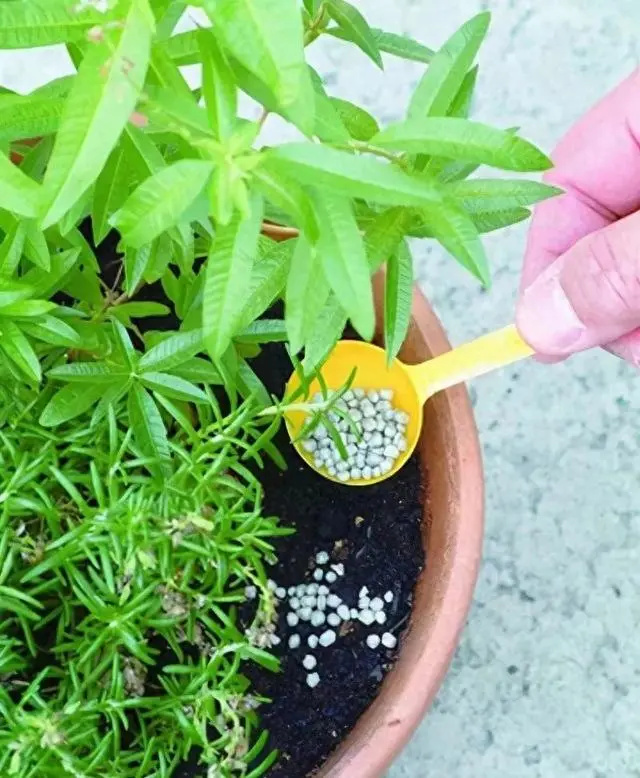
Plants need sufficient nutrients to grow. In terms of nutrients, we need to pay attention to the three major nutrients: nitrogen (N), phosphorus (P), and potassium (J).
① Nitrogen (N) promotes the growth of branches and leaves, and needs to be used more during the growth period;
② Phosphorus (P) promotes flowering and fruiting, and is used when plants differentiate flower buds and grow flower buds;
③ Potassium (J) promotes plant metabolism and enhances disease resistance.
Fertilizer types:
① Organic fertilizer: fermented from animal and plant residues and feces, such as cow dung, sheep dung, bean cake fertilizer, etc., with long fertilizer effect and healthy. Organic fertilizer must be fully fermented before use, and novices should avoid applying concentrated fertilizer.
② Slow-release fertilizer: fertilizer that slowly releases fertilizer effect, with a long fertilizer effect time of about 3 months, but slow effect.
③ Quick-acting fertilizer: fertilizer effect is released quickly but the fertilizer effect time is also short, mostly in 7-15 days.
Early planting: mix some slow-release fertilizer or decomposed organic fertilizer into the soil as base fertilizer.
Topdressing in the later stage: Regularly spread some fertilizer on the soil surface, or mix it directly into the water according to the proportion when watering. Some plants, such as gardenia, like acidic soil. Usually, you can use ferrous sulfate mixed with water to irrigate the roots.
Notes for beginners:
① Do not apply concentrated fertilizer;
② Apply thin fertilizer frequently;
③ Reduce or stop fertilizing during the winter dormancy period;
④ It is not suitable to fertilize during the flowering period. Flower fertilizer can be appropriately supplemented during the long flowering period.
07 Humidity
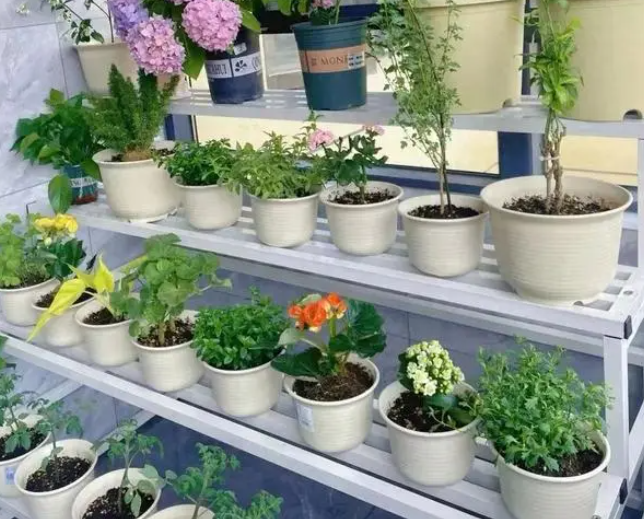
It is also very important to control humidity during flower cultivation. Each flower has different requirements for humidity.
For example, tropical rainforests, subtropical plants, ferns, etc. have high requirements for humidity. The humidity of these plants should not be lower than 80%, such as Monstera, orchids, etc.; for example, succulents do not like humidity, and can be controlled at around 50-60%.
Generally speaking, green plants require humidity between 50% and 90%. However, it is difficult to achieve the desired humidity indoors. We can adjust the humidity through several methods, such as:
①Use a humidifier or place a basin of water around to increase the indoor air humidity;
②Appropriate ventilation to adjust the indoor humidity, especially when the humidity is high, ventilation is necessary;
③Putting plants together can also increase the humidity, but it is necessary to leave a certain interval for the plants to breathe to avoid poor ventilation;
④Spraying the air or watering the ground can increase the humidity.
08 Pests and diseases
Commonality:
①Basically, pests occur more frequently in high temperature and dryness, high temperature and high humidity environments. The period from late spring to early autumn is the peak period for pest reproduction.
②Most pests like to suck plant sap, which will cause plant shrinkage, weaken photosynthesis, and transmit other pathogens. Leafcutter bees are an exception. They like to cut leaves to build nests, but it will also affect photosynthesis for seedlings.
Common diseases: brown spot, leaf spot, black spot, anthracnose, leaf blight, white rot, powdery mildew, rust, sheath blight, black rot, mildew, etc.
Common pests: scale insects, aphids, red spiders, snails, whiteflies, small black flies, thrips, leaf-cutting bees.
Treatment methods: divided into chemical treatment, physical treatment, biological treatment, etc., combined with regular cleaning of rotten leaves, dead leaves, old leaves and pruning. Commonly used chemical treatment agents include carbendazim, and commonly used insecticides include small white medicine imidacloprid; physical treatment will use small yellow boards, small blue boards, etc. Some insects are phototactic, such as yellow boards can kill planthoppers, aphids, etc., and blue boards can kill thrips.

